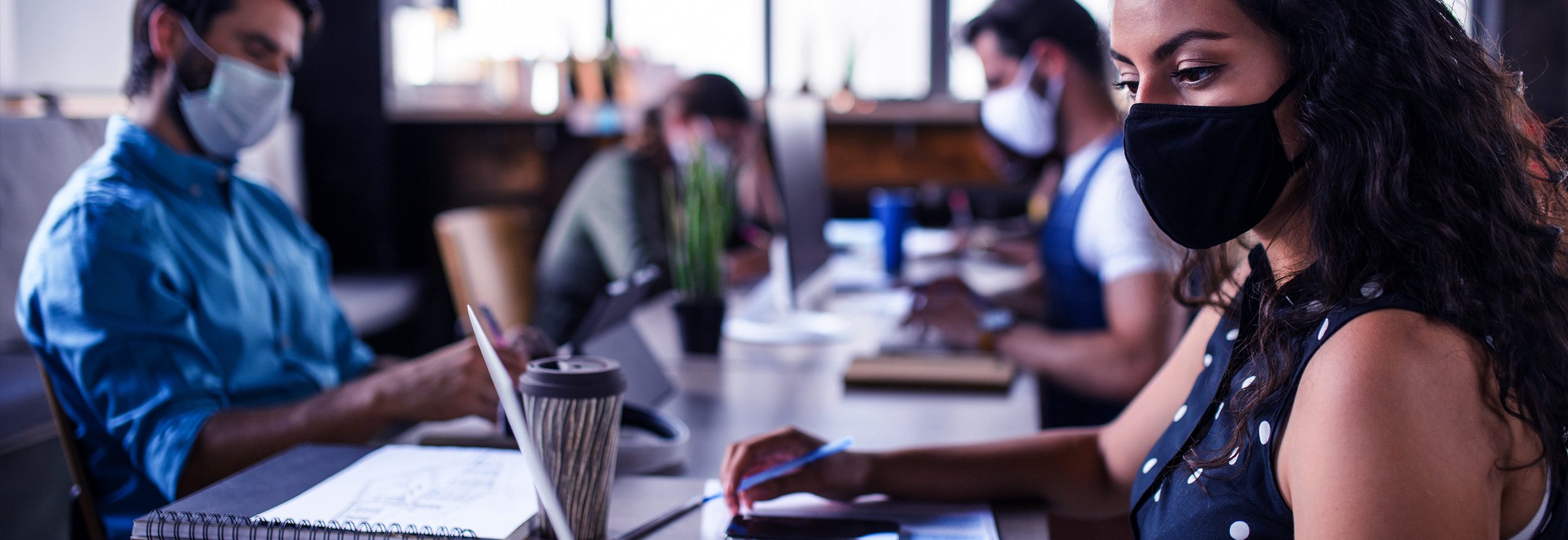This has to be the strangest St. Patrick’s Day on record. To me, the business world feels a lot like the fog during the few weeks after 9/11 and when the bank meltdowns reached a fever pitch in 2008. Just like then, I’m quite sure that calm will prevail and that “this too shall pass.”
We’ve been getting all sorts of calls the last two weeks from fellow PE fund and portco clients to help understand how they can best get ahead during uncertain times. If nothing else, it feels good having contingency plans in process versus waiting to see what fate has in store.
Here are a few tips we’ve been sharing with our network…
#1 Scenario Plan:
Define your best, worst and most likely scenarios. Document actions.
- In your worst case, what would it take to be cash flow positive?
- If your bank shuts you down and you lose access to capital, what will you do?
- Other things to consider:
-
- How solvent are your key clients and key vendors?
- What can you shift from fixed cost to variable cost/outsourcing?
- How can you take advantage of relative strengths and address potential opportunities?
- It may soon be a great time for an acquisition if your balance sheet is strong.
#2 Communications:
There are few things scarier than silence during troubling times. Put together and communicate your business continuity plan for both inside and outside your organizations. We have some really good groups for this if needed.
- Talk to everyone: be “seen” with employees and customers.
- Leaders walk the halls (virtual or otherwise) and calmly discuss future plans.
- Look for successes to celebrate.
#3 People:
Bring in HR specialists to help message to employees or put action plans in place should rightsizing be required.
- Take care of your key employees.
- It may soon be an advantaged time to find great talent.
#4 Cost Reductions:
Easiest effort / lower return: Indirect spend reduction with GPOs. Easier Effort / Mid Return: insurance cost reduction. Harder effort / Higher Return: Direct spend takeout (best with co’s using plastic, paper, metal), lean-6 operational improvements.
- Review your balance sheet and income statement. Do zero based budgeting. Remove all expenses that are not contributing to revenue generation – selectively add back necessary items and look for large ticket items that might be re-quoted.
- Take a hard look at year-end raises and bonuses – can you afford them?
#5 Technology:
If your workers can go virtual, it doesn’t hurt to socially distance. If you aren’t using cloud collaboration tools like Zoom or Microsoft 365, put these in place. They’re relatively inexpensive and effective. BluWave opted last week to start working remotely.
- Keep your virtual workers engaged. Get your teams together 3x a day with cameras on.
- Find moments to create some levity and the in-person feel of your office. We had a virtual “happy hour” last night.
#6 Go Variable:
Every company right now is thinking about their hiring cycles. It’s hard to hire if you can’t forecast. At the same time, the world needs to keep on rotating. Think about going more variable with interim resources. You can turn them on / off without making long-term commitments, along with getting the optionality of try-before-you-buy. These types of expenses can also be positioned as add-backs in retrospect. We have a whole universe of PE-grade resources that we can plug in for you.
#7 Ops Improvement:
If you don’t have a lot of slack in your rope from a financial performance perspective, get ahead of it. After the first covenant default, you usually have time. After the second covenant default, the bank often brings in their own expensive and biased turnaround groups. Don’t wait to let this happen. You want the improvement group working with the bottom of the balance sheet in mind. If you show action and progress, banks will generally play ball. As usual, we’ve mapped, vetted, selected, and segmented this fragmented universe if helpful.
My plan in the meantime is three-fold:
- Be like a duck. Stay calm on the surface, but paddle like hell underneath.
- Plan and prepare to win.
- Have a large glass OR THREE of Guinness tonight.
Don’t forget follow us on Twitter for insights, industry news, and company updates: @BluWavePartners

